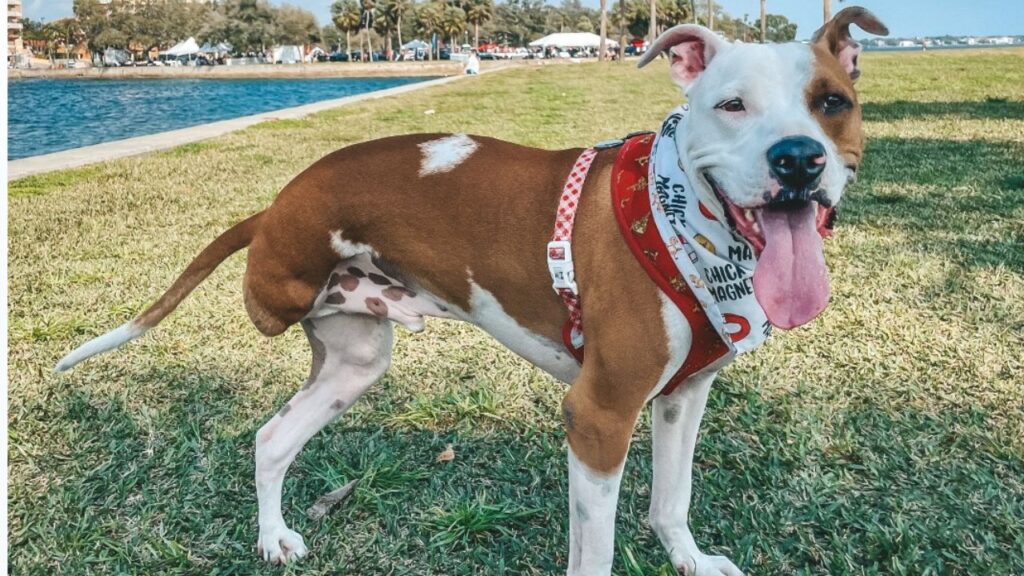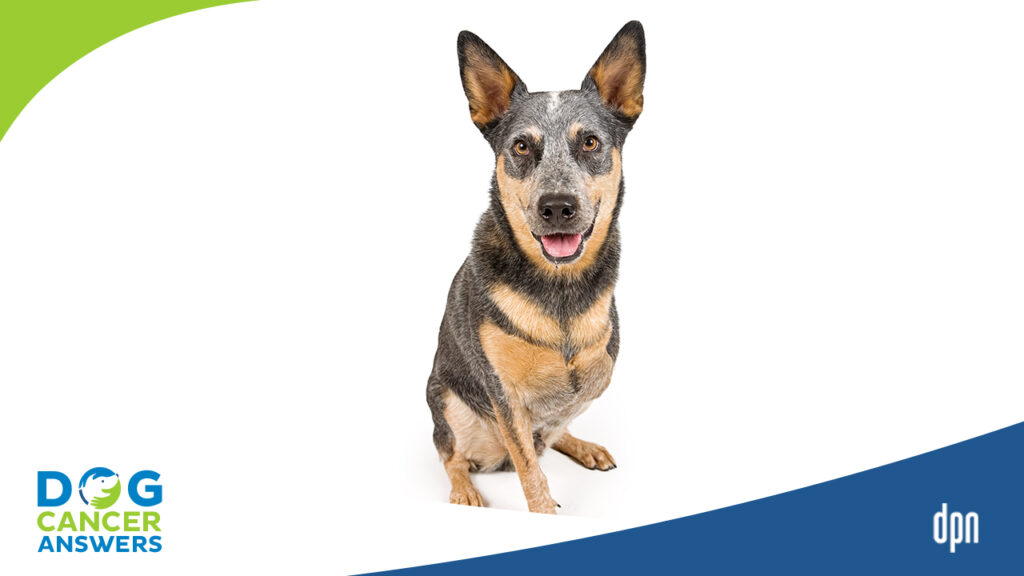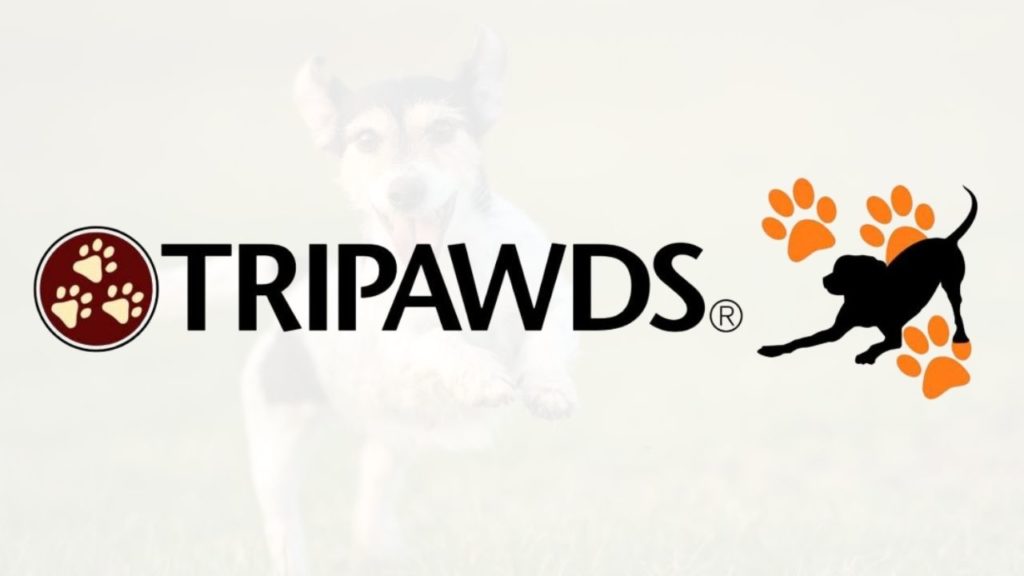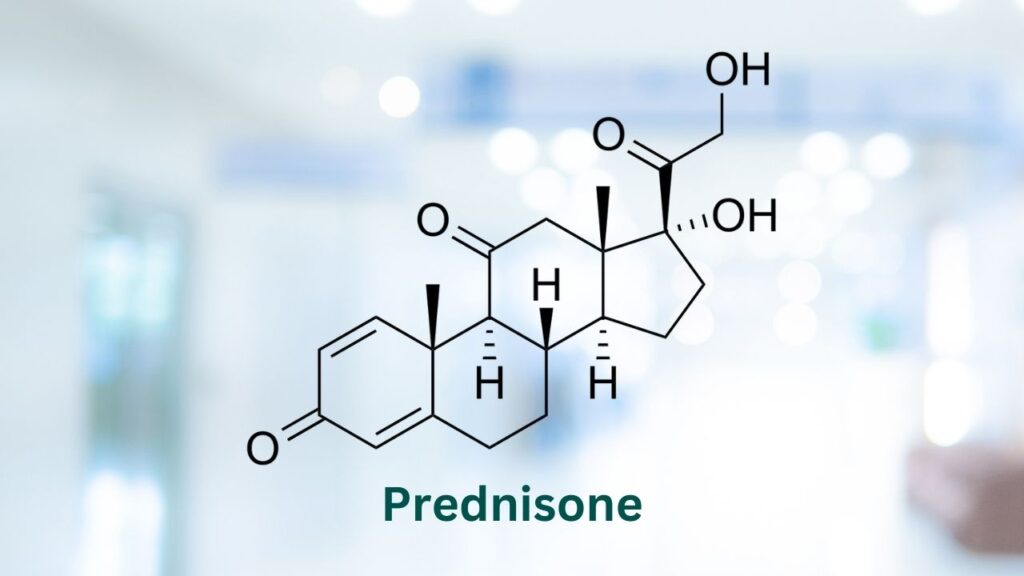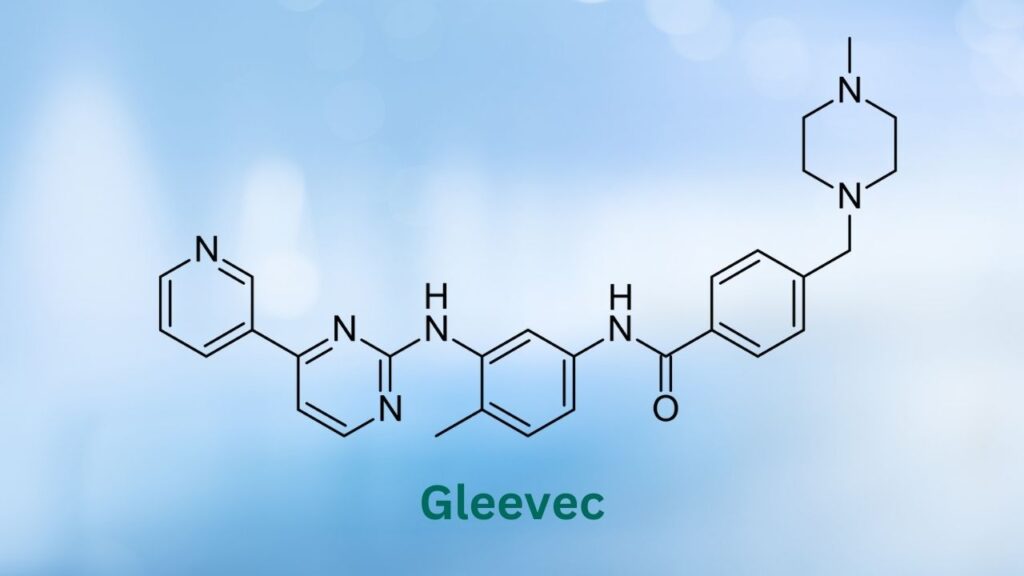Zoledronate is a medication used to treat high blood calcium levels caused by cancer and bone pain from osteosarcoma.
Key Takeaways
- Zoledronate is used to treat elevated blood calcium levels that occur with certain cancers and pain associated with cancer in the bones.
- Zoledronate side effects include increased kidney function values, kidney damage, vomiting, pancreatitis, diarrhea, fever, joint pain, injection site irritation and decreased appetite.
- When the drug is excreted from your dog the feces, urine and vomit can be toxic. Special precautions will need to be taken.
Zoledronate Helps with Bone Pain
Veterinarians use zoledronate for dogs suffering from bone pain. It treats the side effects of cancer, not the cancer itself.
While zoledronate is used to treat osteoporosis in humans, in dogs, it is usually used to treat hypercalcemia of malignancy (elevated blood calcium that can develop with cancer) and bone pain associated with osteosarcoma.1
Zoledronate is a member of a group of medications called bisphosphonates. Bisphosphonates inhibit bone destruction and weakening of the bone. Zoledronate may limit new blood vessels from growing into tumors (antiangiogenic) and may decrease the spread of certain cancer cells as well.1
Zoledronate is a human-labeled injectable medication (Zoledronic acid) that is administered intravenously (IV).1 Like many medicines used in veterinary medicine, there is no version that is specifically for veterinary use.1
Brand Names
Brand names for Zoledronate include:
- Reclast®
- Zometa®
How Zoledronate Works
When bones weaken, they can be more easily damaged. They sometimes fracture or break. They almost always become painful. As you can imagine, this is a problem for dogs with bone cancer, who experience a lot of pain from bone destruction.
Bisphosphonates, like zoledronate, act by inhibiting the action of bone-destroying cells called osteoclasts. By stopping the osteoclasts, bone destruction is stopped. 1,2,3,4
Common Uses
Zoledronate is typically used in two cases in dogs:
- Zoledronate can be used to treat hypercalcemia of malignancy, or elevated calcium levels due to cancer, which is a serious consequence of some cancers. Elevated calcium levels can cause organ damage, particularly kidney damage.2,3,4
- Zoledronate is also used to help manage bone cancer. Bone pain from the destruction of bone by cancers like osteosarcoma, multiple myeloma or any other cancer that has spread to the bone cause bone destruction and bone pain.2,3,4 Zoledronate helps limit bone destruction.
When to Not Use Zoledronate for Dogs
Zoledronate is incompatible with the simultaneous intravenously (IV) administration of dantrolene, diazepam and phenytoin sodium.1
Dogs with kidney disease, hypocalcemia, or other health issues may not be candidates for zoledronate therapy.
How Vets Give Zoledronate to Dogs
Zoledronate must be administered at a veterinary facility by IV and with an intravenous catheter.
Your vet will likely want to run some blood work and other tests before starting zoledronate therapy. They will probably need to repeat these periodically throughout the treatment period to monitor your dog’s health and see if the therapy is helping:1
- Kidney function
- Electrolytes: calcium (ionized and unionized), potassium, phosphorus and magnesium
- Complete blood count (CBC)
- Urinalysis
- Sometimes, bone-specific alkaline phosphatase and urine N-telopeptide1
Since zoledronate is excreted through the kidneys, you should ensure your dog remains well-hydrated throughout treatment.1
What If I Miss a Dose?
Zoledronate is given in the hospital, so if you need to miss an appointment consult with your veterinarian regarding recommendations about when your appointment should be rescheduled.
Storage and Handling
The storage and handling of this medication will be the responsibility of your dog’s veterinarian.
Zoledronate Safety
Zoledronate is considered a hazardous drug, so precautions should be taken to prevent your exposure to urine, feces, or vomit from your dog while they are being treated.
- Use chemotherapy-resistant gloves to pick up waste.
- Put all waste in a plastic bag that can be sealed for disposal.1
- If your dog’s food bowls and toys are soiled, clean them thoroughly and separately from other items.
Zoledronate Side Effects
Zoledronate does not usually cause side effects.4
In a study looking at 95 dogs receiving zoledronate, 10 dogs demonstrated one or more of the following side effects:2
- Increased kidney function values (azotemia) or acute kidney damage2,3
- vomiting2
- pancreatitis2
- diarrhea2
- Injection site irritation2
Loss of appetite, fever, and joint pain may also be noticed after a treatment.1
As always, report any changes in your pet’s condition to your dog’s veterinarian.
- Plumb DC. Zoledronate. Plumb’s Veterinary Drugs. https://app.plumbs.com/drug-monograph/vTu5mODx1yPROD. Updated September 2022. Accessed December, 2022.
- Brewer D, Macfarlane M, O’Connell E, Bacon N. Toxicity of zoledronic acid after intravenous administration: A retrospective study of 95 dogs. J Vet Intern Med. 2022; 36(1): 253- 258. doi:10.1111/jvim.16335
- Vidal S, Skorupski K, Wilcox J, et al. Retrospective evaluation of acute kidney injury after zoledronic acid administration to dogs with malignant osteolysis. Front. Vet. Sci., 02 July 2021 Sec. Comparative and Clinical Medicine
https://doi.org/10.3389/fvets.2021.647846 - Lopes M, Tosi G, McNaught K, et al. Retrospective assessment of tolerability and efficacy of zoledronate in the palliative treatment of cancer‐bearing dogs, Australian Veterinary Journal, 10.1111/avj.13218.
Reclast® and Zometa® are registered trademarks of Novartis Pharma AG.
Topics
Did You Find This Helpful? Share It with Your Pack!
Use the buttons to share what you learned on social media, download a PDF, print this out, or email it to your veterinarian.
